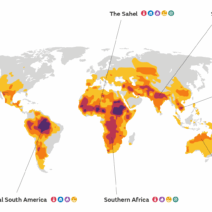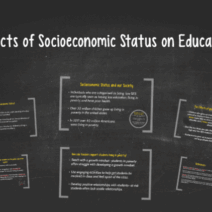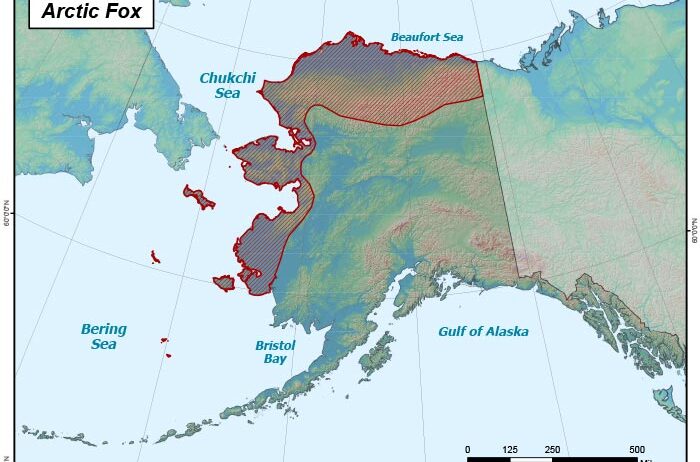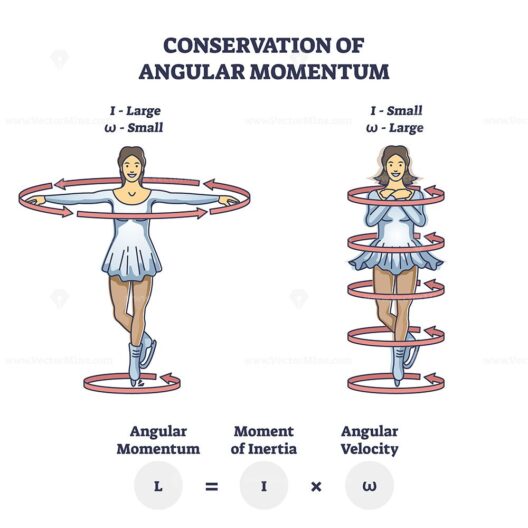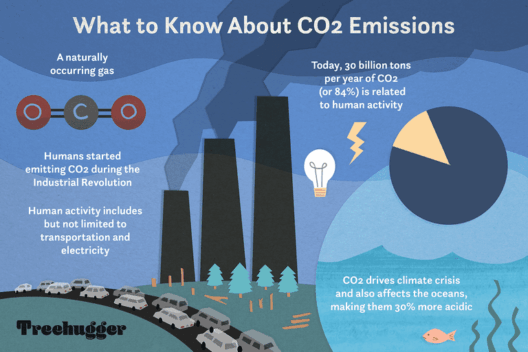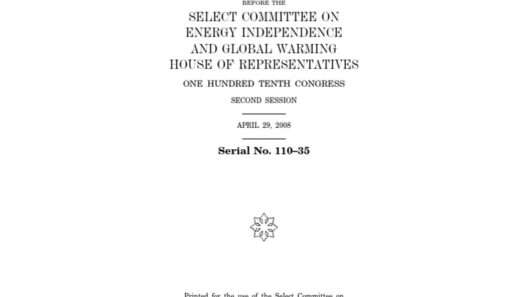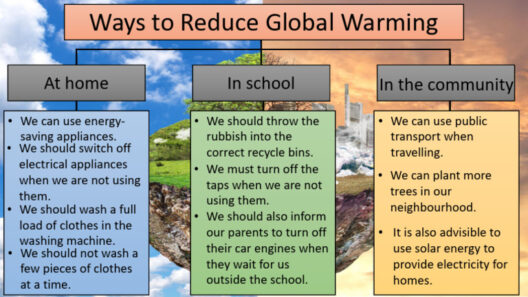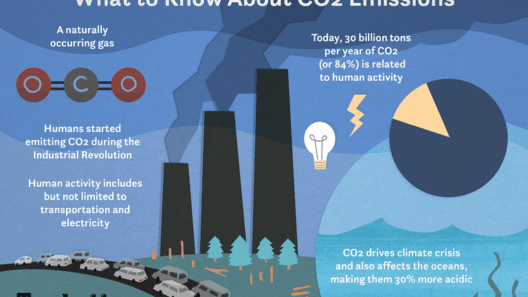The delicate waltz of ecosystems across the globe is increasingly disrupted by the unforgiving advance of climate change. Within this intricate dance, myriad species—each embodying unique evolutionary adaptations—struggle for survival as their habitats undergo irrevocable transformations. This dire situation extends from the icy realms of the Arctic to the verdant forests where pandas roam, emphasizing a unified plight echoed in the cries of endangered creatures everywhere.
The Arctic fox, a creature of ethereal beauty, epitomizes the battle against climate change in the polar regions. Adorned with a thick coat that changes color with the seasons, this species relies on the stability of frozen landscapes for survival. As global temperatures rise, the Arctic ice recedes, creating a cascading effect on the food web. With their primary food source, lemmings, also in decline due to habitat disruption, Arctic foxes face starvation. The image of an Arctic fox, once bounding gracefully across frostbitten tundra, now evokes a haunting metaphor for the fragility of nature itself—a poignant reminder of what is at stake.
Traveling southward, the plight of the snow leopard unveils another facet of the wildlife crisis. Majestic in stature, these big cats inhabit the rugged mountains of Central Asia, where they have evolved to navigate harsh terrains. Yet, as glaciers melt and temperatures soar, their high-altitude habitat diminishes, leading to a reduction in prey availability and increased human-wildlife conflict. Snow leopards, like sentinel spirits of the mountains, are becoming specters, elusive figures in an ever-shrinking world. The silvery fur that once shone vibrantly in the snow now reflects the increasing desperation of a species on the brink.
Further down the ecological spectrum, bamboo forests cradle the giant panda, a beloved emblem of wildlife conservation. Characterized by their endearing appearance and gentle demeanor, pandas depend solely on bamboo for sustenance. However, as climate change disrupts growth patterns and alters precipitation levels, the availability of bamboo is threatened. The metaphor of the panda as a gentle giant belies the fierce reality—the clock is ticking. Their enchanting demeanor masks a desperate fight for survival, urging anyone who witnesses their plight to heed the call of nature. The bamboo grove, once a lush haven, is now a fragile sanctuary at risk of existential peril.
The plight of these iconic species illustrates a broader tableau of interconnectedness. From the Arctic tundra to temperate forests, climate change transcends geographical boundaries, creating a complex web of ecological consequences. Coral reefs, for instance, suffer from ocean warming and acidification, leading to widespread coral bleaching. This phenomenon devastates marine biodiversity, affecting fish populations that rely on reefs for habitat and food. The coral, akin to an intricate tapestry woven by countless threads of life, is fraying. As we witness this unraveling, the urgency of preserving these ecosystems looms larger than ever.
The effects of climate change are not limited to iconic species; they resonate deeply within the communities of lesser-known, yet equally vital, wildlife. The whispering calls of the frogs, the vibrant hues of butterflies, and the delicate footprints of small mammals are all imperiled. As habitats morph and vanish, species face an alarming choice: adapt or perish. The invisible hand of fate has thrust many into a relentless race against time, where extinction looms as an ominous specter.
The response to this crisis requires profound systemic change. Conservation efforts must evolve beyond traditional methods. Innovative practices such as habitat restoration, wildlife corridors, and sustainable agriculture are essential. Preservation of genetic diversity is paramount in ensuring the resilience of species against future challenges. It is imperative to weave a multifaceted approach—one that recognizes the intricate balance of ecosystems and the critical need for biodiversity. Each species, no matter how small, plays a key role in maintaining the intricate web of life.
In the face of adversity, hope is not an illusion but a possibility. The rise of environmental activism and awareness signifies a collective rebuke against apathy. Grassroots movements and global initiatives have sprung forth, fostering alliances between communities and organizations. They endeavor to ignite awareness and inspire action—an awakening that urges the restoration of harmony between humanity and the natural world. A shared commitment to sustainability propelled by innovation, education, and legislative change offers a path forward.
Education stands as a powerful ally in this battle. By fostering a deeper understanding of the interconnectedness of species and ecosystems, communities can galvanize efforts to combat climate change. Young minds, inspired to advocate for wildlife, become torchbearers for future generations. Through art, storytelling, and empirical science, the narrative of nature’s struggles can capture hearts and compel action. When individuals recognize their role in the tapestry of life, the movement toward conservation may gather relentless momentum.
The narrative of animals on the brink is not solely one of despair; it serves as a clarion call to recognize the beauty and fragility of our planet. The ethereal Arctic fox, the elusive snow leopard, and the gentle panda weave an intricate portrait of existence, punctuated by moments of joy and strife. Each creature contains stories that span millennia, yet their futures hang in precarious balance. Our collective responsibility to foster an environment where wildlife can thrive reflects the heartbeat of our planet. The fate of our world hinges on the actions we take today, and to let these species fade into whispers would be to lose an irreplaceable part of the global symphony.
As stewards of the Earth, it is imperative to confront climate change with unwavering resolve. The time for introspection and action is now. In the words of a renowned naturalist, “The future will be what we make of it.” Let us ensure that the legacy we leave resonates with hope for the wildlife that walks, crawls, and soars on this battered yet beautiful globe we call home.
